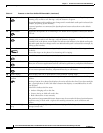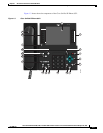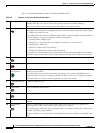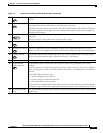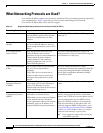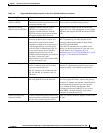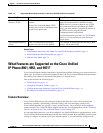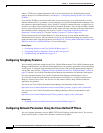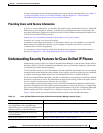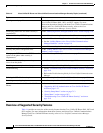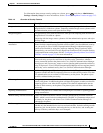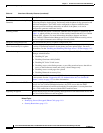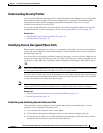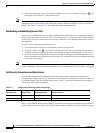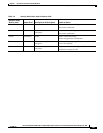
1-14
Cisco Unified IP Phone 8961, 9951, and 9971 Administration Guide for Cisco Unified Communications Manager 8.5 (SIP)
OL-20861-01
Chapter 1 An Overview of the Cisco Unified IP Phone
What Features are Supported on the Cisco Unified IP Phone 8961, 9951, and 9971?
address, TFTP server, subnet information, and so on. For instructions on configuring the network
settings on the Cisco Unified IP Phones, see Chapter 7, “Configuring Settings on the Cisco Unified
IP Phone.”
Cisco Unified IP Phones can interact with other services and devices on your IP network to provide
enhanced functionality. For example, you can integrate Cisco Unified Communications Manager with
the corporate Lightweight Directory Access Protocol 3 (LDAP3) standard directory to enable users to
search for co-worker contact information directly from their IP phones. You can also use XML to enable
users to access information such as weather, stocks, quote of the day, and other web-based information.
For information about configuring such services, see the “Configuring Corporate and Personal
Directories” section on page 8-27 and the “Setting Up Services” section on page 8-32.
Finally, because the Cisco Unified IP Phone is a network device, you can obtain detailed status
information from it directly. This information can assist you with troubleshooting any problems users
might encounter when using their IP phones. See Chapter 10, “Viewing Model Information, Status, and
Statistics on the Cisco Unified IP Phone,” for more information.
Related Topics
• Configuring Settings on the Cisco Unified IP Phone, page 7-1
• Configuring Features, Templates, Services, and Users, page 8-1
• Troubleshooting and Maintenance, page 12-1
Configuring Telephony Features
You can modify additional settings for the Cisco Unified IP Phone from Cisco Unified Communications
Manager Administration. Use this web-based application to set up phone registration criteria and calling
search spaces, to configure corporate directories and services, and to modify phone button templates,
among other tasks. See the “Telephony Features Available for the Cisco Unified IP Phone” section on
page 8-2 and the Cisco Unified Communications Manager documentation for additional information.
For more information about Cisco Unified Communications Manager Administration, refer to
Cisco Unified Communications Manager documentation, including Cisco Unified Communications
Manager Administration Guide. You can also use the context-sensitive help available within the
application for guidance.
You can access Cisco Unified Communications Manager documentation at this location:
http://www.cisco.com/en/US/products/sw/voicesw/ps556/tsd_products_support_series_home.html
You can access Cisco Unified Communications Manager Business Edition documentation at this
location:
http://www.cisco.com/en/US/products/ps7273/tsd_products_support_series_home.html
Related Topic
• Telephony Features Available for the Cisco Unified IP Phone, page 8-2
Configuring Network Parameters Using the Cisco Unified IP Phone
You can configure parameters such as DHCP, TFTP, and IP settings on the phone itself. You can also
obtain statistics about a current call or firmware versions on the phone.



